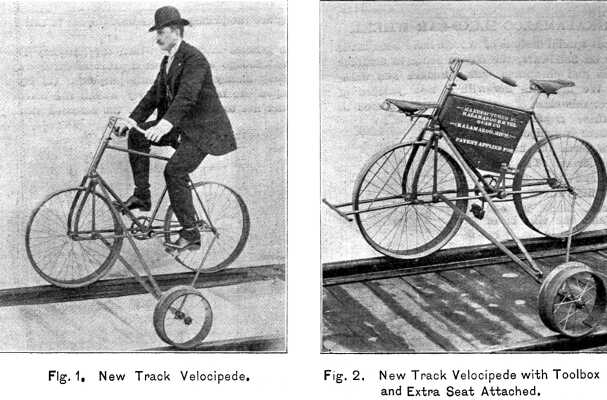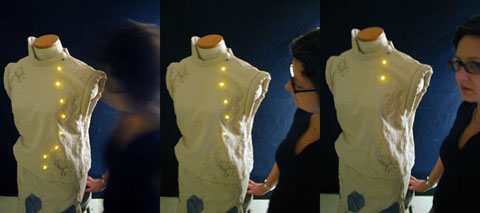In my PhD research I often mention the fact that I am studying how certain technologies (location-awareness features, tangible interactions, weird game controllers, voip...) might modify collaboration.
The thing is that 'collaboration' is the research object and sometimes it's not so easy to grasp what it means. A relevant resource about this is a paper by P. Dillenbourg and D. Traum entitled "Sharing solutions: persistence and grounding in multi-modal collaborative problem solving", Journal of Learning Sciences, 15(1), 121-151.
current research no longer treats collaboration as a black box but attempts to grasp its mechanisms: What are the cognitive effects of specific types of interactions? Under which conditions do these interactions appear? These mostly verbal interactions are investigated from various angles, including: explanations (Webb, 1991), regulation (Wertsch, 1985), argumentation (Baker, 1994), and conflict resolution (Blaye, 1988). These various types of interactions contribute to the process of building and maintaining a shared understanding of the problem and its solution (Roschelle & Teasley, 1995).
As a matter of fact, collaboration is made of various processes that we can describes as being socio-cognitive. This means that it's both related to the information processing (cognitive) and bound to the social context (collaboration appearing in small groups).
Other collaborative processes are more focused on the activity: division of labor among the group, coordination over time, inference about partners' intents. I am rather focused on those.
References quoted in the excerpts above:
Baker, M.J. (1994). A model for negotiation in teaching-learning dialogues, Journal of Artificial Intelligence in Education, 5 (2), 199-254.
Blaye, A. (1988) Confrontation socio-cognitive et résolution de problèmes. Doctoral dissertation, Centre de Recherche en Psychologie Cognitive, Université de Provence, 13261 Aix-en-Provence, France.
Webb, N.M. (1991) Task related verbal interaction and mathematics learning in small groups. Journal for Research in Mathematics Education, 22 (5), 366-389.
Wertsch, J.V. (1985) Adult-Child Interaction as a Source of Self-Regulation in Children. In S.R. Yussen (Ed).The growth of reflection in Children (pp. 69-97). Madison, Wisconsin: Academic Press.
















